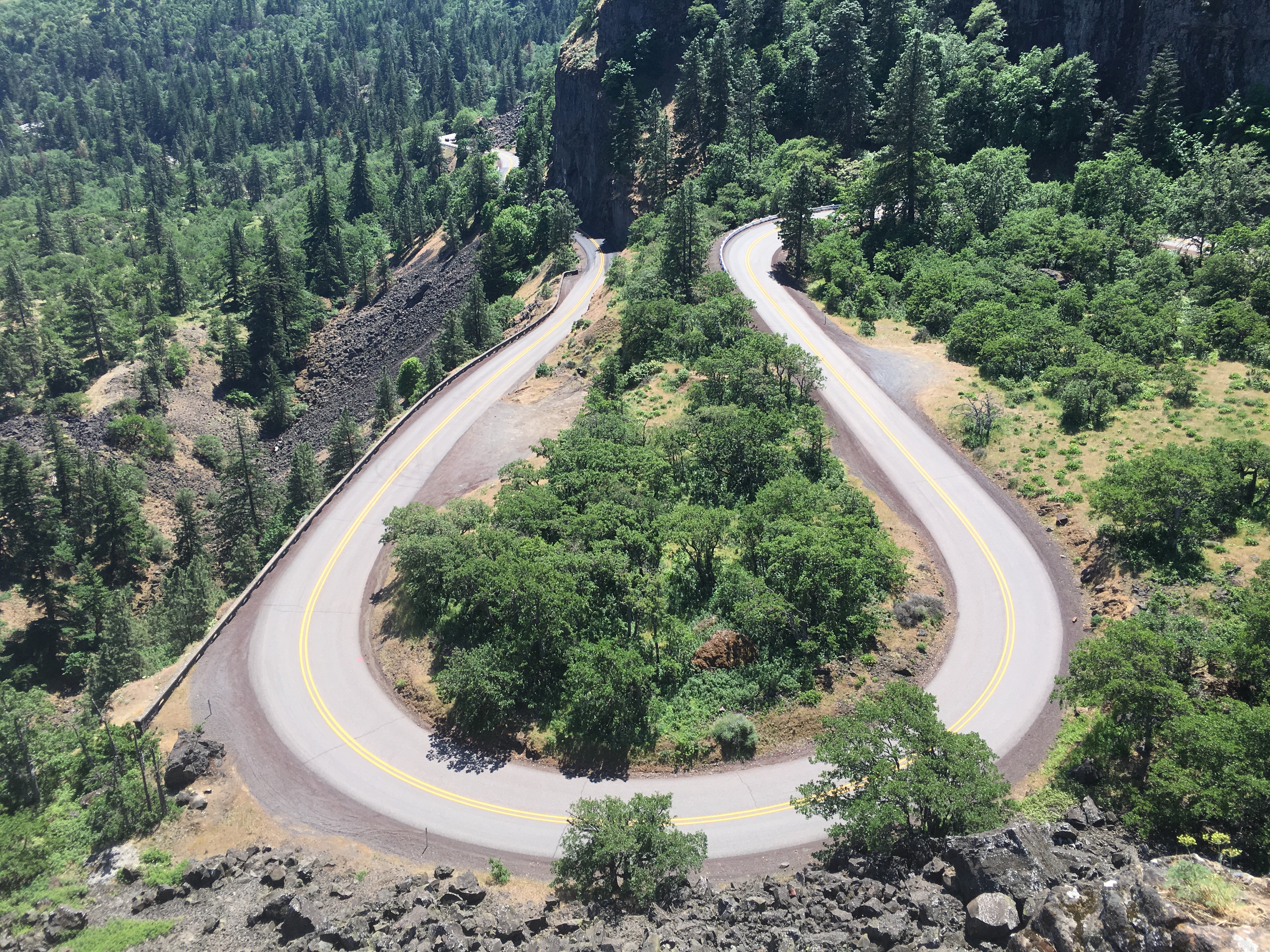The Long, Winding Road to a Transportation Plan
Building bipartisan support for a statewide transportation package has been a Legislative priority since at least 2015, when the last effort failed. With two months remaining in the 2017 Session, time is running short to develop a bill that can pass both chambers of the Legislature and survive a referral to voters.
Any legislation requiring new taxes faces an uphill climb. First, revenue bills must earn at least 60% support in both chambers, a threshold that requires majority Democrats to earn at least one Republican vote in both the House and Senate. Most tax increases then are referred to voters, either by the Legislature or through ballot initiatives, where they also must earn 60% support.
Yet, there are reasons to believe there’s a chance the 2017 Legislature will succeed where the 2015 Legislature failed:
The need is even greater. Hardly anyone disputes the need for increased spending on transportation. But each session that passes without a transportation package, makes it even harder to argue against one.
Political dynamics are slightly better. The 2015 effort failed in part because the Legislature attempted to extend the Low Carbon Fuel Standard (LCFS) and pass a transportation package in the same Session. Republicans balked at the likely increase in fuel costs. So, the LCFS extension passed without any Republican votes, and a transportation package never came together. Similar dynamics exist this year, with the tax increases likely to be built into the 2017-19 budget, but the tensions aren’t quite as high.
The Legislative process has been much better. Even after the vote on LCFS, Governor Kate Brown pulled together a bipartisan group of Legislators, dubbed the “Gang of Eight,” to try to hammer out a deal. That effort was viewed by environmental groups as an attempt to roll back LCFS, and members of both parties criticized a process that “put together a deal behind closed doors.” In contrast, the 2017 process started last year with a statewide tour, has involved many other public meetings and has operated within a traditional Legislative committee structure for months. Four work groups, made up of members of the Joint Committee on Transportation Preservation and Modernization, have presented detailed reports that will be used to create a final plan.
The work groups were created in January and have evolved since the start of the Session. The groups and their reports are:
Highway Maintenance Work Group. To read more about its work, click here.
Public Transportation and Public Safety Work Group. To read more about its work, click here.
Traffic Congestion and Freight Mobility Work Group. To read more about its work, click here.
Accountability Work Group. To read more about its work, click here.
The committee also gathered information on a wide range of funding options. To see presentations on some of the funding mechanisms, click here.
The joint committee plans to unveil its plan within the next two weeks. It will face a tight timeline to gather support, but the task at least looks more achievable than it did two years ago.
